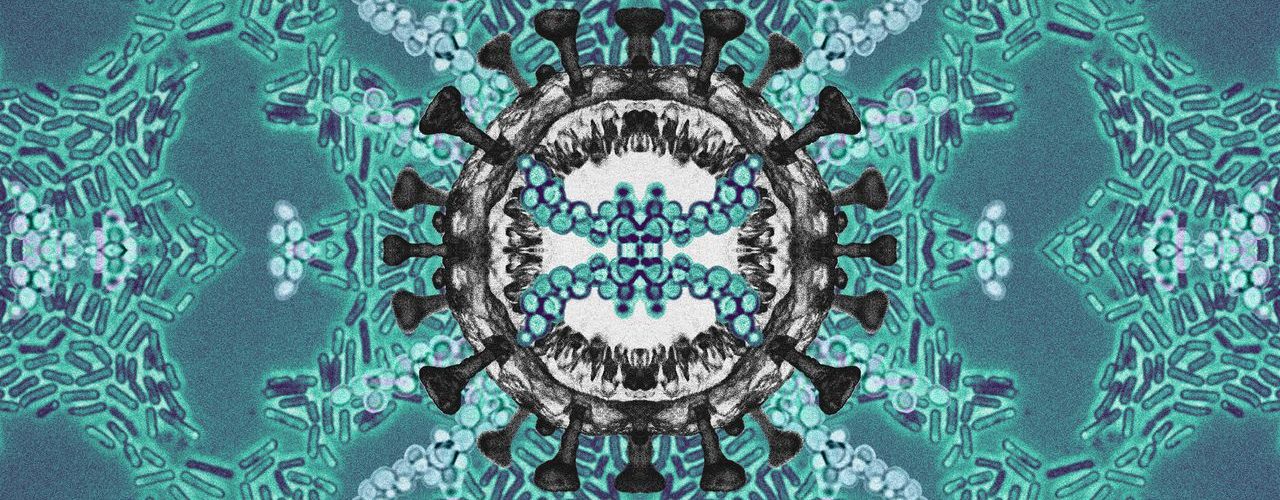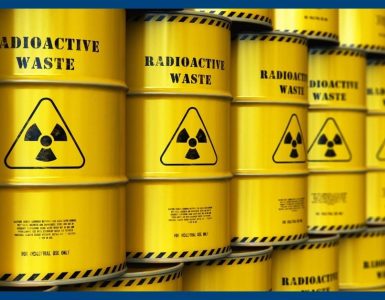By: Rhodilee Jean Dolor
A group of scientists has sounded the alarm on the dangers of creating “mirror life” bacteria. They warn that introducing this synthetic organism would radically change life as we know it.
What is Mirror Life?
The natural world is characterized by chirality or handedness, the inability of molecules to be superimposed on their mirror image. The human hands serve as a good example of chirality. Despite being mirror images of each other, our hands cannot perfectly align regardless of how they are oriented.
Handedness plays a crucial role in the organization and functional processes of living things because interaction between biological molecules generally depends on chiral structures. If a protein’s handedness is reversed, for instance, it cannot interact with partner molecules such as receptors on cells.
Biomolecules like DNA and proteins come in left-handed or right-handed versions, but life on Earth evolved to use left-handed proteins. Creating a mirror-image life would be an endeavor that involves constructing life with right-handed proteins instead of left-handed proteins.
Mirror life can only be made synthetically but scientists think that they could be very similar to natural life.
Creating mirror life is also too complex for scientists now, but some researchers are already concerned about the potential consequences once organisms with molecular structures that reverse those found in nature become a reality in the future.
According to Michael Kay, an expert on mirror-image pharmaceuticals and professor of biochemistry at the Spencer Fox Eccles School of Medicine, University of Utah, the emergence of mirror-life organisms is not far-fetched.
“‘Mirror life’—a synthetic organism, mirror-reversed on the molecular level from natural life—sounds like an impossibility,” says Kay. “But while mirror life is still a hypothetical, it may not always be. Advances in technology could bring the generation of mirror life into the realm of possibility within decades.”
Potential Uses
Research on mirror life holds promise in unlocking valuable applications such as the development of therapies for hard-to-treat diseases and in making bioproduction facilities more resistant to contamination.
Kay says his group is interested in mirror-image therapeutics for long-lasting treatment of illnesses. He explains that mirror molecules are not recognized by the digestive enzymes that cause drugs to break down rapidly, so they can potentially last longer. This could pave the way for a whole new class of therapeutics for diseases that are currently difficult to treat.
“We’re one of the leading groups that are interested in this, and our interest is largely in mirror-image therapeutics, says Kay. “ Currently, we make mirror therapeutics chemically, stitching them together atom by atom. If we had mirror bacteria, which could make these for us, that could be a route to much more efficient large-scale production of mirror therapeutics.”
Unprecedented Threat
Amid the possibilities, Kay, along with other scientists, are warning fellow researchers and the general public of the potential dangers of creating mirror life organisms.
According to Ruslan Medzhitov, Sterling Professor of Immunobiology at Yale School of Medicine, mirror bacteria will not be controlled by normal ecological factors once they are created.
Bacteriophages—viruses that infect bacteria, help regulate the size of bacterial populations. Medzhitov says mirror bacteria will not be susceptible to bacteriophages because of the incompatibility of molecular interactions, which could lead to explosive, exponential growth of mirror bacteria.
When this happens, these synthetic organisms could become invasive in a range of environments and affect the population of other species, including those further up the food chains, which could impact ecology and agriculture.
Plants and animals would not also be able to rely on their normal immune defenses to fight against mirror bacteria because their immune systems cannot detect and destroy this new form of microbes.
“The mirror bacteria would essentially be invisible,” says Medzhitov. “This could lead to catastrophic consequences to animals and plants. It would be similar to the situation in humans with severe immunodeficiencies—they are highly vulnerable to microbial infections.”
Existing antibiotics would also be unlikely to be effective against these organisms. Vaughn Cooper, an evolutionary biologist at the University of Pittsburgh, warns that infection could be deadly.
“The threat we’re talking about is unprecedented,” says Cooper.“Mirror bacteria would likely evade many human, animal and plant immune system responses and in each case would cause lethal infections that would spread without check.”
Medzhitov also raises concern over the unpredictable consequences of
creating mirror life. Researchers do not know what could happen if these organisms come into existence because once they are created, they can replicate and undergo changes.
“I think this is the bigger issue here—that we cannot predict how mirror bacteria might evolve if they got into the wild,” says Medzhitov.
In a policy forum article published in the December 12 issue of the journal Science, Kay and colleagues say that unless there is compelling evidence to show that mirror life would not pose extraordinary dangers, mirror organisms, including those with engineered biocontainment measures, should not be created.
“[M]irror organisms would constitute a radical departure from known life, and their creation warrants careful consideration,” the researchers warn in the journal Science. “The capability to create mirror life is likely at least a decade away and would require large investments and major technical advances; we thus have an opportunity to consider and preempt risks before they are realized.”
Ban on Research Aiming to Create Mirror Bacteria
Kay and colleagues urge for careful consideration and call for a broader discussion on the issue as other researchers begin manufacturing
functional mirror molecules that they can study more closely. Some have even began work towards creating lifeforms that are entirely composed of mirror-image biological molecules.
“We therefore recommend that research with the goal of creating mirror bacteria not be permitted, and that funders make clear that they will not support such work.”
They say there is still an opportunity to prevent the disasters that may potentially happen with the creation of mirror life.
“We call for broader discussion among the global research community, policy-makers, research funders, industry, civil society, and the public to chart an appropriate path forward.”





